5 Endangered Animals That Were Saved By The Endangered Species Act
Share
Many animals around the world face extinction due to human influences on their habitat. Many organizations exist today that are fighting for the plants and animals that are endangered and at risk of extinction.
As far back as the 1960's and 1970's we realized something needed to be done. Here in the United States, the Endangered Species Act (ESA) of 1973 was signed into law on December 28, 1973 by President Richard M. Nixon. The main goal of the ESA was to prevent the extinction of plants and animals in the United States. It is also meant to preserve the habitat on which endangered species depend on.
Although Congress has amended the ESA several times, opponents claim that the ESA unfairly limits land use and protects animals that prey on livestock. In fact, recently Rob Bishop (R-Utah), Natural Resources Committee Chairman, claimed that the ESA, “has never been used for the rehabilitation of species. It’s been used to control the land. We’ve missed the entire purpose of the Endangered Species Act. It has been hijacked.”
At another hearing in the Senate to discuss the "modernization of the ESA," Sen. John Barrasso (R-Wyo.), Senate Environment and Public Works Committee Chairman, stated that the ESA “is not working today.”
Despite these claims by its detractors, the ESA is seen as the "gold standard" for protecting plants and animals from extinction. Daniel M. Ashe, president and chief executive of the Association of Zoos and Aquariums and former U. S. Fish and Wildlife director told the Senate committee, "“It’s not perfect. It can be better. Your goal is to make it stronger...”
There is no doubt that the ESA has worked, however. Below are 5 animals that once faced extinction, but were saved by the ESA:
1. Humpback whale
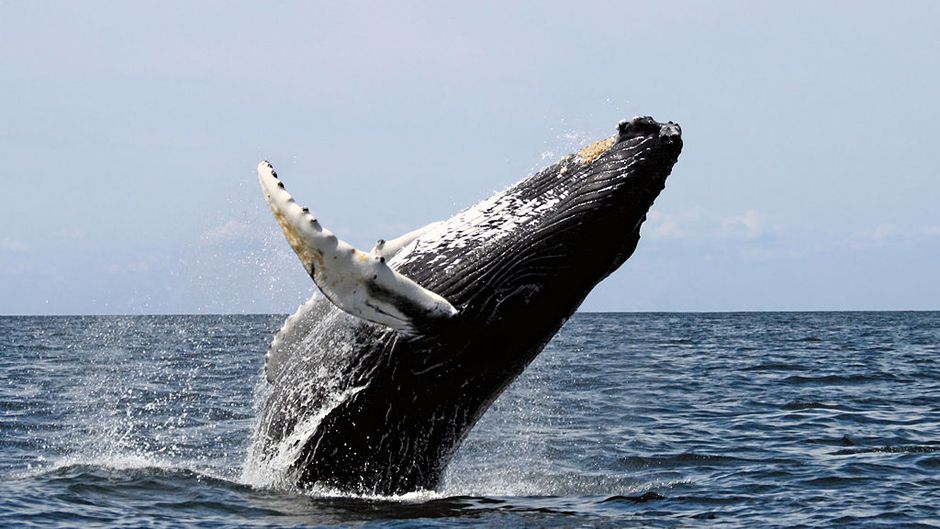
Also known as "the singing whale," this beloved creature nearly went extinct in the 1960's due to commercial hunting. In fact, the number of humpback whales in the wild fell to only 1600 worldwide. Thanks to the ESA and dedicated conservationists, there are now over 20,000 humpback whales. They have been taken off of the endangered list in all but a handful of habitats around the world. Now, that's something to sing about!
2. Bald eagle
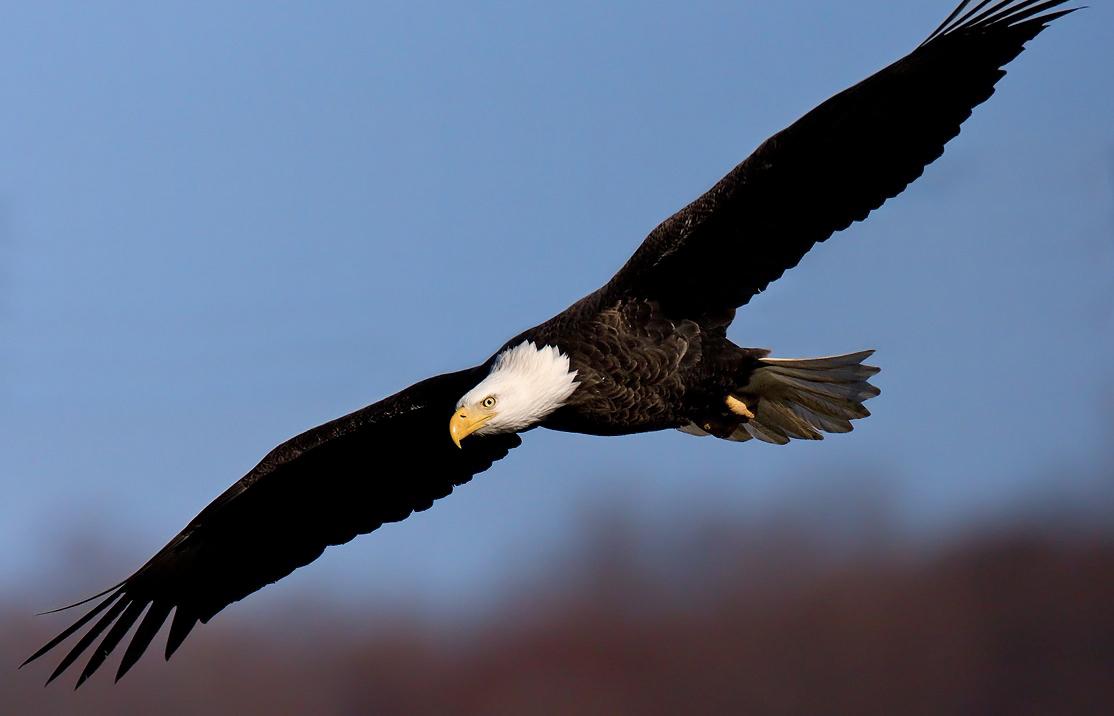
That's right, The United States national bird almost went extinct! Habitat destruction, illegal hunting, and chemical contamination with DDT were all major causes of this great bird and national symbol becoming endangered. After DDT was banned in 1972 and conservation work began, bald eagles' numbers began to increase. From a dangerously low 400 breeding pairs in 1963, bald eagles now number over 70,000! The rebound was called "remarkable" by the Fish and Wildlife service and bald eagles were taken off the endangered list in 2007.
3. Florida manatee
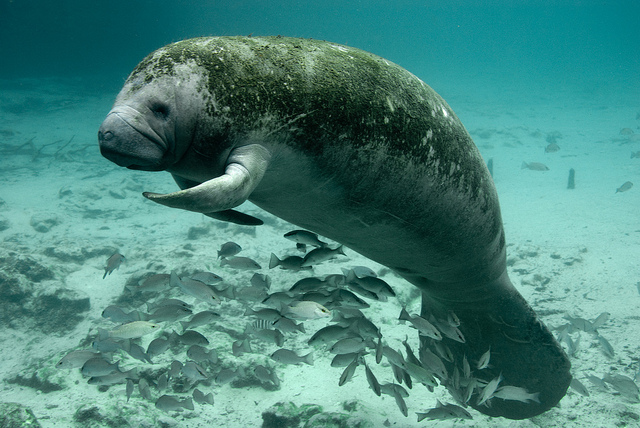
Also known as "sea cows," manatees are large, gray, gentle creatures. According to fossil record, they have lead humble lives in Florida for over 45 million years! But, manatees long existence nearly came to an end after Florida became a popular retirement and vacation destination. The sharp blades of boat propellers, human destruction of habitat and swimmers wanting to interact with the docile creatures, were the main causes for their numbers dropping. Despite the first protection efforts beginning as long ago as 1893, manatees that once numbered in the tens of thousands fell to only 1,300! In 2013, a record 800 human-caused manatee deaths occurred.
But manatees are making a comeback thanks to protections put in place to keep human interaction to a minimum. Around 6,200 manatees are thought to exist today and the U.S. Fish and Wildlife service has downgraded their endangered status.
4. Gray Wolf
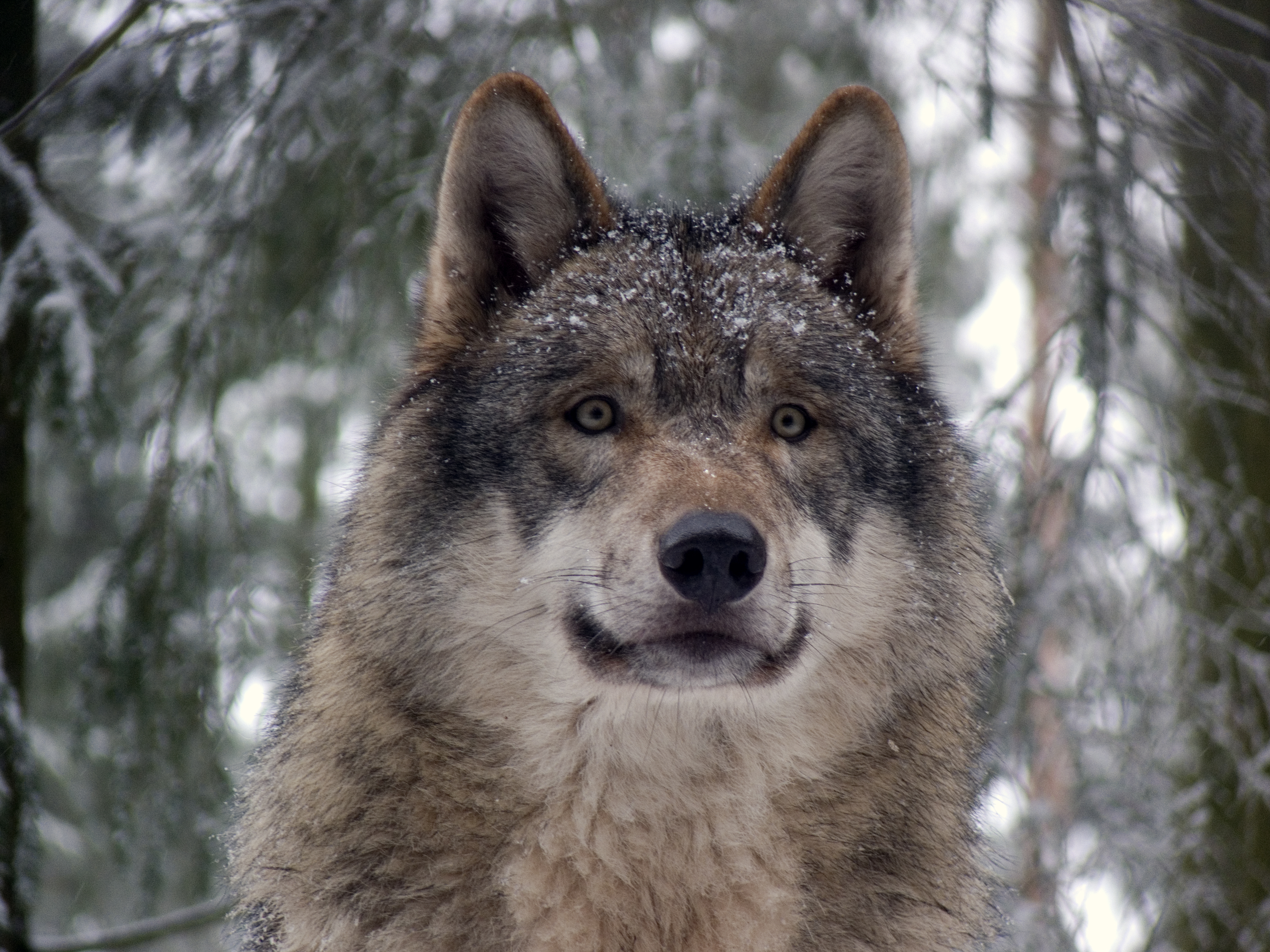
Gray wolves once numbered in the hundreds of thousands across North America. They were a crucial element of their habitats: helping to control elk, deer and bison populations which, in turn, kept the habitats intact for other animals to survive and thrive. The remarkable impact made to the ecosystem of Yellowstone National Park after gray wolves were reintroduced attests to how essential these animals are to the natural order of their habitats.
But, gray wolves were placed on the endangered list in 1978, mostly due to hunting, trapping and poisoning by ranchers to keep their flocks safe from wolf attack. Although wolves are still listed as endangered in many parts of the United States, their numbers are making a comeback due to conservation and captive breeding programs.
5. California condor
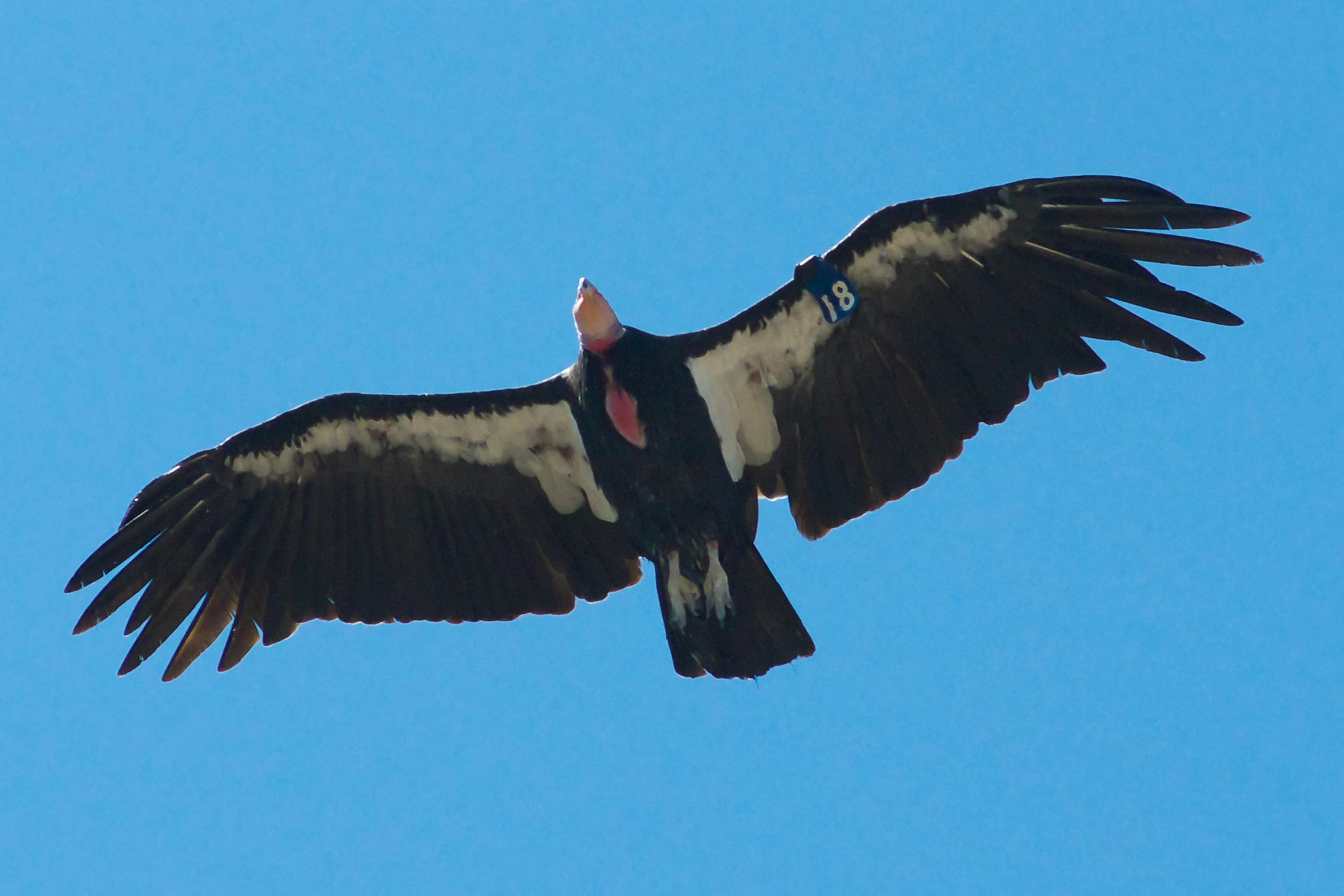
Undoubtedly the least loveable animal on this list, the California condor, like the gray wolf, is an essential link in the ecology of their habitat. Condors are one of the largest birds in the world and can fly on air currents at speeds up to 55 mph! They once lived all across the United States until humans began making an impact on their habitats. As people began the trek to settle the West, humans collected their eggs, ate their food, shot and captured them until they could not longer survive in most areas.
Even though it's been illegal to kill a condor in California for over 100 years, condor populations continued to drop. The same deadly chemical that made bald eagles endangered, DDT, was also partly responsible for the condors' decline. Also, lead poisoning from buckshot poisoned condors who later fed on the carcasses of the dead animals. They became protected by federal law in 1967 and California state law in 1971, but this still wasn't enough.
By 1982, 23 condors remained in the wild. A captive breeding program that began in 1987 has helped the numbers of condors increase to 410, but they are still endangered. One of the very first things that Ryan Zinke, the new head of the Interior Department under the Trump Administration, did was eliminate a regulation that the Obama administration put in place outlawing hunting with lead shot. This will, of course, have an effect on conservation efforts.
Many people tend to think that they, alone, cannot significantly help in the effort to save endangered species. If you are one of these people, read through this article again and note how reducing the human impact on these animals has kept them from extinction. As Mahatma Gandhi said, “We but mirror the world. If we could change ourselves, the tendencies in the world would also change. We need not wait to see what others do.” Be that change while encouraging others to do the same, and it WILL make an impact!
The post 5 Endangered Animals That Were Saved By The Endangered Species Act appeared first on tentree.